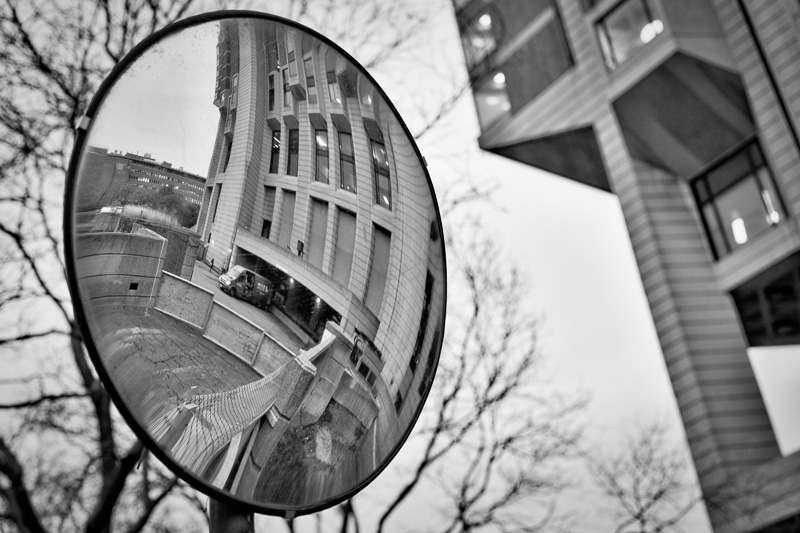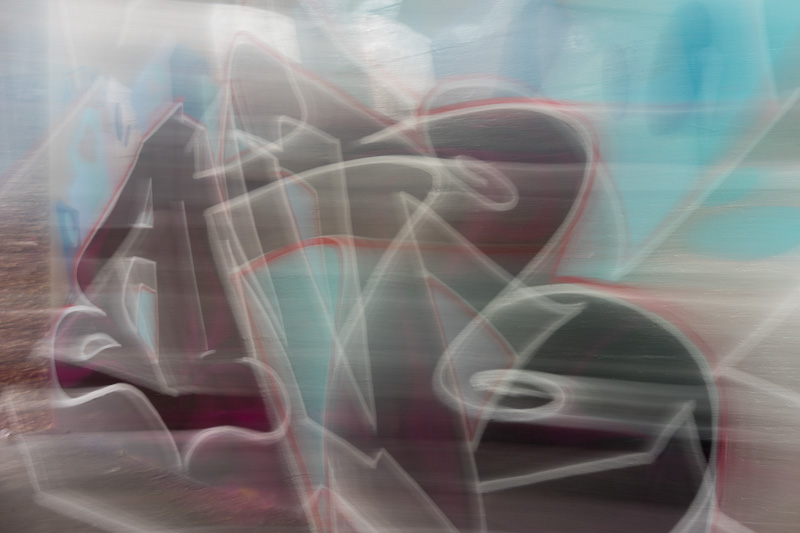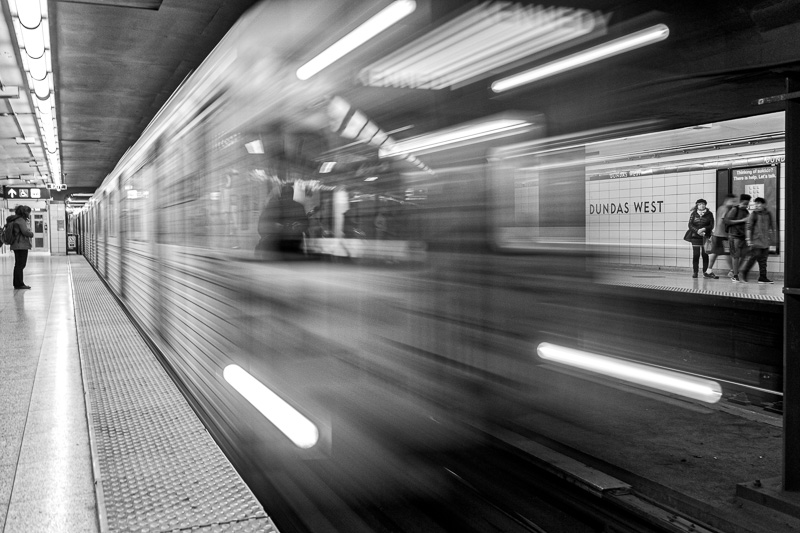At the end of each year, I print up a coffee table photo book, a “best-of” summary of my year in photography. I do it mostly for my own satisfaction, a way to verify that, in spite of frustrations and setbacks, I still now and then make a good photo. I do it incidentally as a portfolio to show prospective purchasers in need of wall art. The problem with a collection like this is that it tends to be a mishmash of images without a sense of coherence or an organizing principle. The only thing that unifies such a collection is the fact that all the photographs have been made by single person. To remedy this, I have chosen to assemble the images as answers to a question: what is the purpose of photography? 100 Images. 100 Answers. To give the book some heft, I open it with a reflection—a state-of-the-union address—introducing my question in light of current trends in the world of photography. Be forewarned: it’s a longish reflection, approximately 2,500 words.
Opening Reflection
By one of those innumerable coincidences that seem to shape my life, I started reading Labyrinths: Selected Stories and Other Writings, by Jorge Luis Borges, on the same day that I photographed Robarts Library alongside its distorted image reflected in one of those convex parking garage mirrors. One of the stories, “The Library of Babel”, opens in this way: “The universe (which others call the Library) is composed of an indefinite and perhaps infinite number of hexagonal galleries, with vast air shafts between, surrounded by very low railings. From any of the hexagons one can see, interminably, the upper and lower floors.” One wonders if perhaps the architects of Robarts Library had read this story before they set to work designing their brutalist monstrosity. There is speculation that the library in Umberto Eco’s The Name of the Rose took its inspiration from Robarts Library given that Eco wrote most of the novel while in Toronto. I think it more likely that he was inspired by Borges, or that his inspiration was a mashup of both sources.

The premise of the story is simple: the Library is filled with books formed from every possible combination of letters and basic punctuation (space, comma, period). Each book is 410 pages, each page is 40 lines, each line is 80 characters. That means that, while vast, the Library is not infinitely vast. (The same could be said of our universe.) The Library contains “all that it is given to express, in all languages.” Borges goes on to offer a sampling of topics addressed in the Library’s holdings:
the minutely detailed history of the future, the archangels’ autobiographies, the faithful catalogue of the Library, thousands and thousands of false catalogues, the demonstration of the fallacy of those catalogues, the demonstration of the fallacy of the true catalogue, the Gnostic gospel of Basilides, the commentary on that gospel, the commentary on the commentary on that gospel, the true story of your death, the translation of every book in all languages, the interpolations of every book in all books.
What I like about this story is its capacity to generate more stories. Borges writes about the books of Vindication which justify each person, ideology, etc. There is a book that vindicates my beliefs, and another that vindicates my opponent’s beliefs. Presumably the Library includes a book that irrefutably proves black is black, and another that irrefutably proves black is white.
The story of Borges’ Library leads me inevitably to an extrapolation: I read about a conceptual artist who printed a book comprised of the hexadecimal figures associated with the colour values of each pixel of a digital image. Although the image was modest in size, the resulting book was enormous. Now imagine the volume generated by one of my 50 megapixel images! My Canon 5DS produces images which are 8688 x 5792 pixels. In other words, each image I make comprises 50,320,896 individual dots each of which is associated with its own colour value. The colour value of each pixel of an eight-bit RGB image has 28 x 28 x 28 possibilities (i.e. 224 or 16,777,216. Multiply this number (224) by the number of individual pixels (50,320,896) and that gives you the number of possible images that could be expressed as books in a Library dedicated to images produced by a 50 Mp camera. The number is 8.44245e14. To put this number into perspective, it is approximately equal to the number of stars in the Milky Way and in its 8,000 neighbouring galaxies. Given that there are approximately 2 x 1012 galaxies in the known universe, a library of all possible 50 Mp photographs expressed as text still isn’t very large when considered on a cosmic scale.
While not large on a cosmic scale, the image Library I am proposing is sufficiently large that it includes every conceivable image that it is possible to represent in a 50 Mp format. It includes a photograph of every human being who has ever existed and ever will exist. It includes a photograph of each human being who has ever existed and ever will exist killing every other human being who has ever existed and ever will exist, and in every possible manner. As distasteful as it may sound, the same obtains for every other human activity, including fucking. In this collection, there is a photograph of Hitler goose-stepping in his underwear, and of Donald Trump masturbating in front of his TV set. Gloria Steinem takes butt-selfies in her bathroom mirror, and William Shakespeare gives birth to a giant mutant ant.
Taking my thought experiment a step further, imagine a world in which quantum computing has become so commonplace that ordinary citizens like you and me can own desktop quantum computers. In such circumstances, it would be possible for a private individual to generate every digital image it is possible to imagine. Alone, this would be a useless development as it would be impossible for an individual to sift through a personal collection of 8.44245e14 images in order to select just the right image for a given purpose. But couple image generation with algorithms for facial (and object) recognition and evaluation, and your average personal quantum computing geek could have virtually any image at their fingertips.
It turns out that what I propose here is not so far-fetched. Photographer, writer and educator, Lewis Bush, has written about algorithmic photojournalism, the automatic generation of images to illustrate news stories (which may, themselves, have been automatically generated). Facial recognition software improves apace and has become a staple of law enforcement, social media platforms (Facebook), and smartphone security (Apple iPhone X). Google has recently announced that it is developing an algorithm to evaluate images based on parameters that photographers would ordinarily describe as subjective.
If image generation and image evaluation algorithms become sufficiently sophisticated, one can imagine computer-only photography competitions adjudicated by more experienced quantum computer image-generators. Fun aside, my thought experiment challenges traditional notions of creativity, originality, and ownership. When I am in the field releasing the shutter to capture whatever scene presents itself to me, I am struck by a feeling: a thisness that is peculiar to a given moment in time. A residue of that feeling lingers with the image. Years later, as I thumb through my portfolio, I stumble upon the image and it returns me to that moment, the sound of traffic in the background, the wind against my cheek, the crunch of gravel underfoot, a grittiness in the air that I can almost taste and smell, a feeling of well-being that came over me in that moment. Or was it anxiety? A psychotherapist might label my feeling attachment and encourage me to let go of it. They might try to demystify my feeling with their prosaic modernism. I suspect I would balk at such efforts; I feel attached to my attachments.

I want to believe that my experience is unique. If, while browsing through a magazine or scrolling through my Instagram feed, I discovered that someone had reproduced my image there, I would assume they were passing my work off as their own. I would feel indignant. I would cite copyright laws and stand on my rights. It offends me to think that my image-making is reducible to a series of ones and zeros available to virtually anyone, just as it would offend me if someone suggested that I am reducible to a series of four-lettered combinations otherwise known as my DNA. I want to believe in a surplus that transcends the digital description of my identity. In the same way, I want to believe in a surplus that transcends the digital codification of a photograph.
Like all analogies, the analogy between human DNA and the digital system for recording images takes us only so far. Our identity is more than a complex set of double-helix molecules. While nature/nurture fundamentalists tend to take an either/or stance when promoting their views of what makes you you and me me, most experts on the matter tend to pull a little bit from both ends of the debate and cobble together a more moderate account of human identity. Our identity is both given and malleable. DNA may determine certain of our characteristics, but our environment, experience, and countless contingent events play upon our sense of who we are. However, once a photograph’s DNA is written, it is written that way for all time.
Although my thought experiment seems a bit extreme and points to far-off possibilities, it underscores a concern that is already making itself felt in the here-and-now of photographic experience: increasingly, photography is not so much a matter of in-camera capture as it is an act of post-processing curation. In a future where quantum computers lord it over a library of 8.44245e14 images, making a photograph ceases to be a challenge; all the effort falls to the curation process as facilitated by a Google-style evaluative algorithm. But curation is already becoming a major part of the photographer’s work flow.
Take, for example, one of my methods for producing a good street photograph. I begin by planting myself in a location. I frame a scene that looks promising (foreground, background, leading lines, lighting conditions), fix my camera’s settings according to whatever look I’m after (e.g. crank up the ISO if I want a grainier image, open up the aperture if I want a narrow depth of field), then I wait for people, cars, skateboarders, bicyclists, subway trains, whatever, to pass through the scene I’ve framed. A woman approaches. She carries a red umbrella. Perfect. I shoot in burst mode and capture fifteen exposures of the woman passing through the frame. Standing in place like that for ten minutes, I come away with maybe 200 exposures of people passing through my frame. I don’t need, or even want, 200 exposures. One will do nicely. When I go home, I load my 200 exposures into Lightroom and the real photographic work begins.
Here is a frightening truth of contemporary digital photography: camera technology has become so good that, even with modest amateur gear, anyone can capture a technically perfect photograph. Every image is in focus, properly exposed, with good white balance and saturation. All the fundamentals have been taken care of without a thought. I load my 200 images into Adobe Lightroom and every last one of them is technically satisfactory. All that remains is for me to select that single photo which best captures the subject in the scene, or best expresses my intentions, or best gives life to some other intangible quality that I’ve been pursuing. In other words, while I can’t yet ask my computer to generate my images for me, much of my photographic practice boils down to curation.

This book is my effort to curate the photographs I made throughout the 2017 calendar year. While I have not made 8.44245e14 photographs, my non-quantum-computing efforts have nevertheless yielded a large number: approximately 40,000. (I have resolved to keep more accurate records next year.) Of that 40,000, I have stored approximately 20,000 while discarding the balance. Despite the long-standing wisdom that a photographer should save everything they shoot, in the age of digital surfeit, that wisdom seems unwise; no one else has either the time or desire to view all the photographs I make, and I do the world a favour when I delete them. Of the 20,000 I retained, I selected 1,000 that I (and perhaps others) might find interesting or enjoyable in some way. From there, I performed a further cull, reducing my selection to 100 photographs, my “best-of” selection for 2017. To express it another way, this book represents 0.25% of this year’s photographic output.
I am leery of presenting these photographs on their own and simply allowing them to “speak” for themselves. I think photographs depend upon us, both makers and viewers, to give them their context and meaning. Perhaps this is where, despite the apparent fixity of a photograph’s DNA, a surplus appears which transcends the finite 8.44245e14 possibilities I have already mentioned. One way to nurture this surplusage is to give my photographs an organizing principle which forces us to look beyond the two-dimensional plane on which they appear. To that end, I have decided to present this year’s effort as a reflection on the purpose of a photograph.
I have compiled a list of 100 answers to the question: what is the purpose of a photograph? I have then correlated each answer to a specific photograph, not with the hope that the selected photograph will somehow illustrate the answer, rather with the hope that it will provoke thought. In preparing my list, I discovered a number of things. First, as with a discussion about the purpose of a text, so, too, the photograph: the articulation of a purpose depends very much on one’s point of entry into the discussion. A journalist might say that the purpose is to transmit the facts of a situation. A social activist might say that the purpose is to witness injustice. An archeologist might say that the purpose is to produce a record of a vanished past. And so on. Second, there are as many conceivable purposes as there are conceivable photographs (perhaps 8.44245e14). Third, the question itself may be wrong-headed. The discovery that a machine can easily produce any digital image I can produce has an alienating effect. It seems yet another instance in which technology can be enlisted to remove human input from the process.
I embrace the very technology that renders me superfluous. However, that upper limit which I keep noting (8.44245e14) is illusory. For one thing, it applies to one camera format while ignoring the fact that there are much larger formats out there with a correspondingly larger number of image possibilities. For another, the entire conversation thus far has proceeded on the assumption that there is only one way to make an image from the digital process. But what about selection of paper in the printing process? What about mod podge image transfers? What about incorporating printed images into collages or mixed media creations? The possibilities are, indeed, limitless, as are the opportunities for human-dependent creativity. In the same way, questions about purpose are arbitrarily limiting. A utilitarian approach to image creation—an approach which demands that an image have a raison d’être—strikes me as very much a creature of our neoliberal age where nothing can be justified except as it contributes to the bottom line. Given my contrarian spirit, you will note that some of my declared purposes are better described as anti-purposes whose purpose, if you will, is to challenge the prevailing need for purposiveness. Sometimes, the purpose of a photograph is to be useless, and no amount of gear, no matter its quality, will ever help in the quest to make such a photograph.
So, let’s raise a glass to the useless. If, as you gaze at the photographs which follow, you find yourself momentarily relieved of the burden of expectation, I will be satisfied that I have passed a fruitful year making pictures.